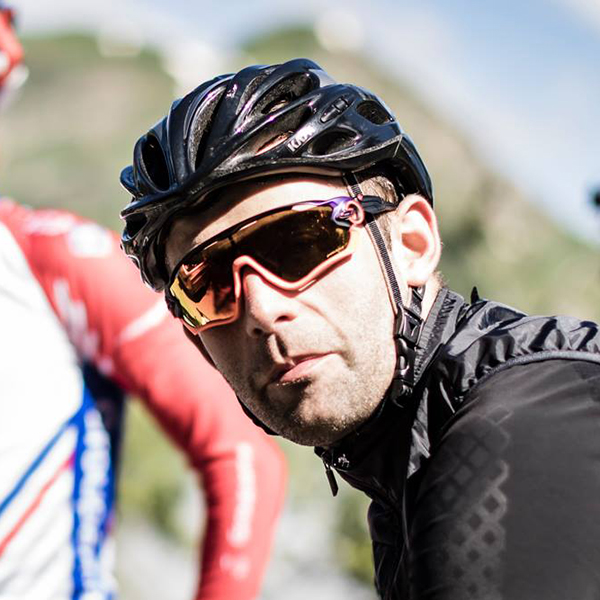For many experienced riders, Mavic’s Ksyrium line of alloy wheelsets will represent a familiar upgrade pathway.
The Ksyrium S Disc wheelset sits in the middle of the range, with the Ksyrium SL Disc leading the line and the Ksyrium 30 Disc at a lower level. This is underpinned by the Aksium Disc.
A narrow-for-2024 rim design is indicative of the age of the Ksyrium range – due in no small part to the French brand’s disrupted development cycle of recent years. Despite this, the Ksyrium S remains a good all-round road bike wheelset – it's competitive (if not outstanding) compared to many rivals.
Mavic Ksyrium S Disc details and specifications
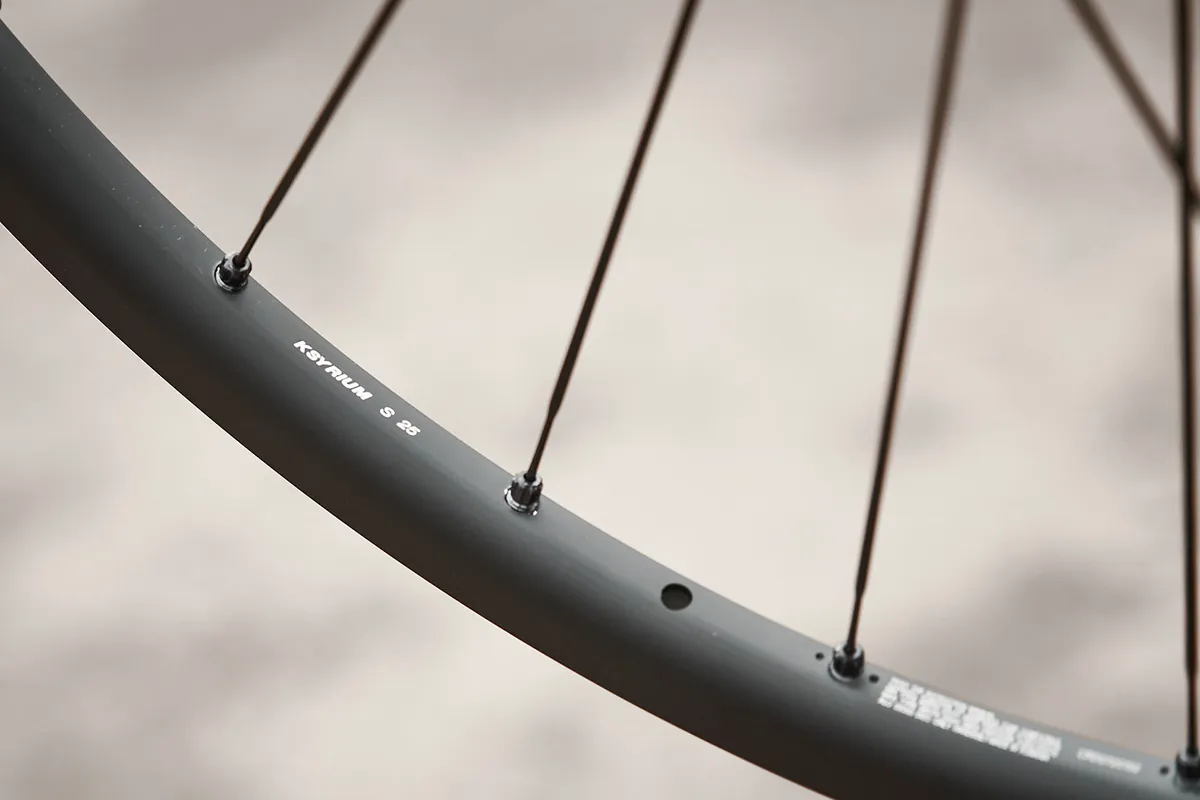
The Mavic Ksyrium S Disc's hooked rims measure 19mm wide internally, 22.5mm wide externally and 22mm deep.
For internal width, it matches the likes of the Miche Syntium Aero, but is ‘outgunned’ by wider dimensions from a few similarly priced competitors.
The Hunt 34 Aero Wide Disc SL and DT Swiss AR1600 Spline wheelsets are 20mm wide internally, for example, while the Ere Research Explorator GCR40 and Halo Drove Line 700C wheelsets have 21mm internal rim widths.
While the latter two have one eye on all-road (or light gravel) use, a wider rim will typically have greater ability to support the wider tyres many riders are now gravitating towards.
As it is, Mavic says the Ksyrium S Disc rim is suitable for tyres as narrow as 700x23c, but also says it can support up to 62mm-wide tyres – a strikingly high figure.
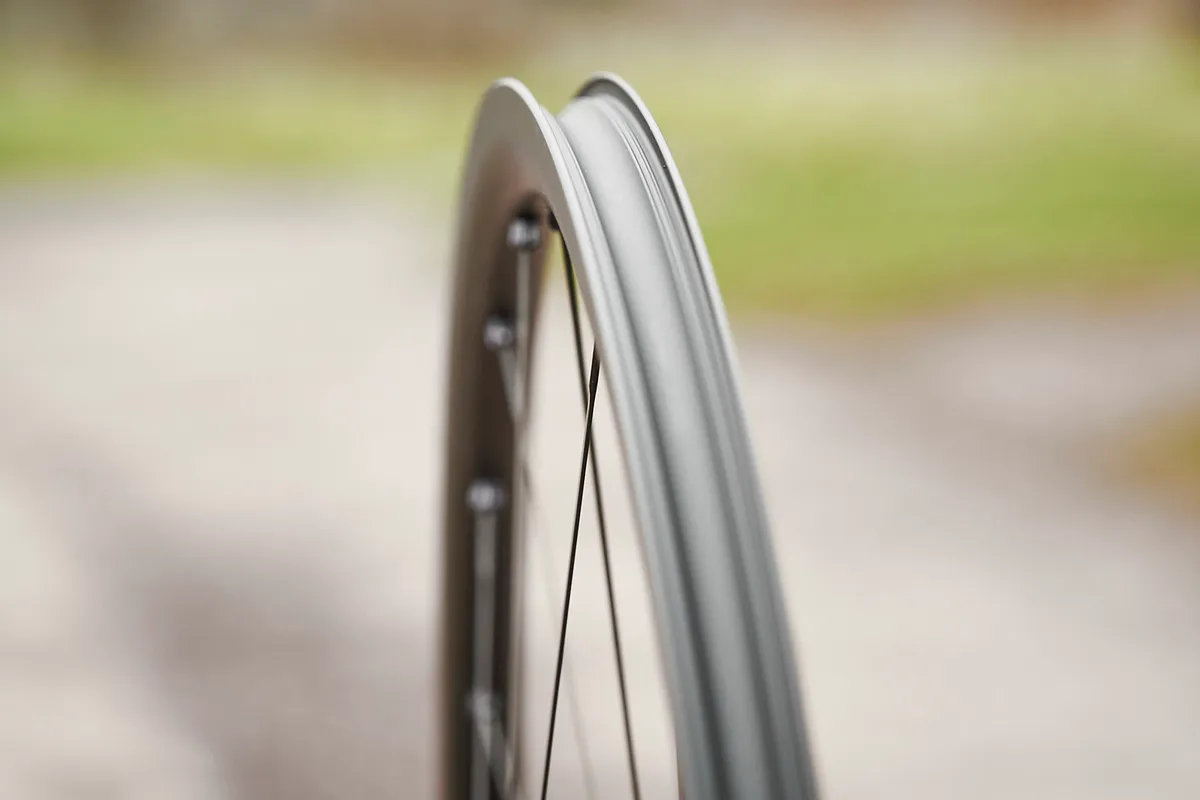
This recommendation tallies with the ETRTO’s (European Tyre & Rim Technical Organisation) recommended upper limit for a 19c rim, although it’s highly unlikely anyone would ever choose to pair such an extreme combination (indeed, few bikes have clearance for tyres this wide).
Equally, many brands – despite the ETRTO’s compatibility recommendations – commonly spec much lower maximum measurements. Miche, for example, recommends a maximum tyre width of 34mm with the also 19mm-wide Syntium Aero rim.
The rim is tubeless-ready (Mavic calls its design ‘UST’, or Universal Standard Tubeless) and has a smooth rim bed, which negates the need to use tubeless rim tape.
A small piece of tape is applied across the welded join in each rim to prevent air leakage, however.
Mavic has used steel straight-pull spokes, with a notably broad bladed profile. This lends the wheelset a striking aesthetic, despite the shallow rim depth. Mavic says the spoke holes in the rim are drilled, creating a thread into which its oversized alloy nipples are then screwed.
The spokes are arranged in a two-cross pattern (24 front, 24 rear), although the lacing points on the hub flanges dictate – by design – that none of the crossover points touch. In theory, this should help avoid wear and corrosion.
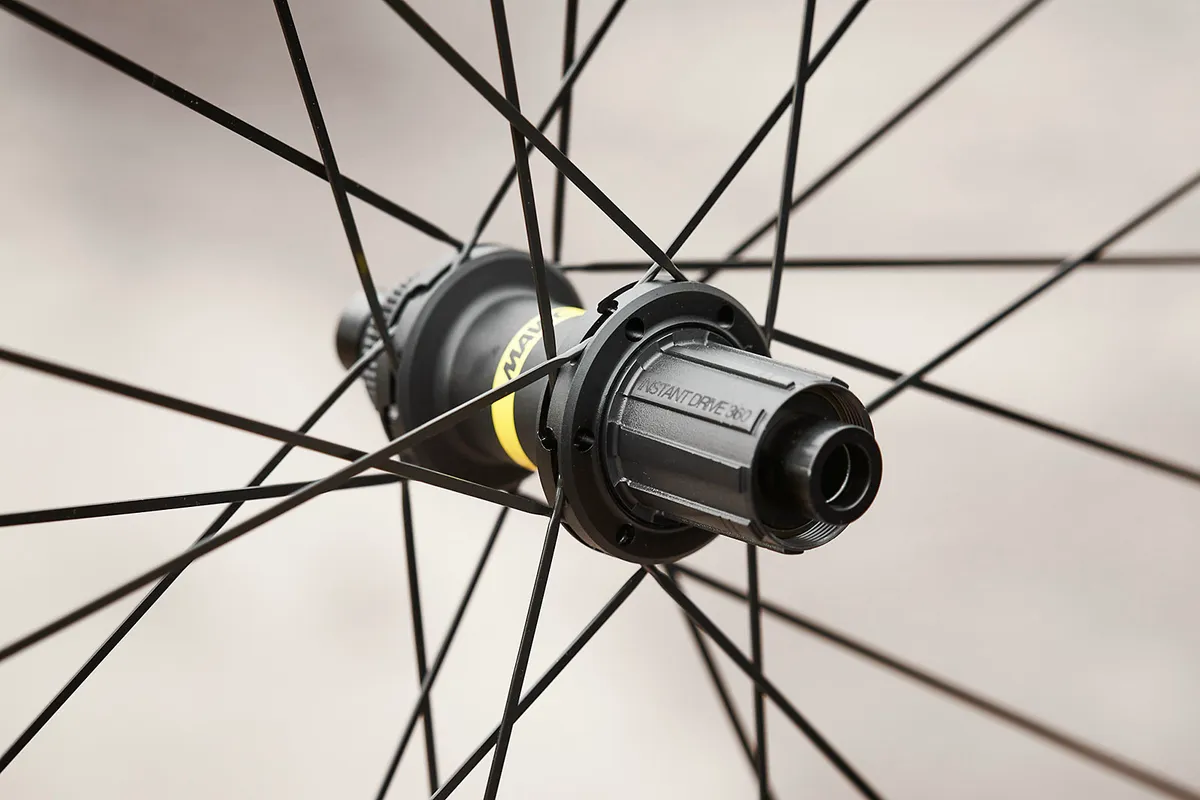
The freehub uses Mavic’s Instant Drive 360 ratchet design (as opposed to a pawl-based system), with 40 points of engagement. This translates to a nine-degree engagement angle.
While not a guaranteed reflection of quality, durability or efficiency, it bodes well that ‘premium’ brand ENVE (until recently) used the same internals for its flagship SES wheelset hubs – and continues to do so in its Foundation line.
The Ksyrium S Disc tipped my scales at 1,711g, complete with tubeless valves – 41g over Mavic’s claim.
Given this wheelset’s rim is 7mm shallower than the Miche Syntium Aero, it’s little surprise that it would undercut that wheelset by 72g (a valid comparison, considering the same internal rim diameter and almost identical price).
However, it can’t beat the previously mentioned Hunt wheelset, at 1,572g. Many in the UK, with sights set on climbing performance, may see the 139g saving as worth the extra £39, although the price hike is markedly higher in the US and Europe.
Mavic Ksyrium S Disc performance
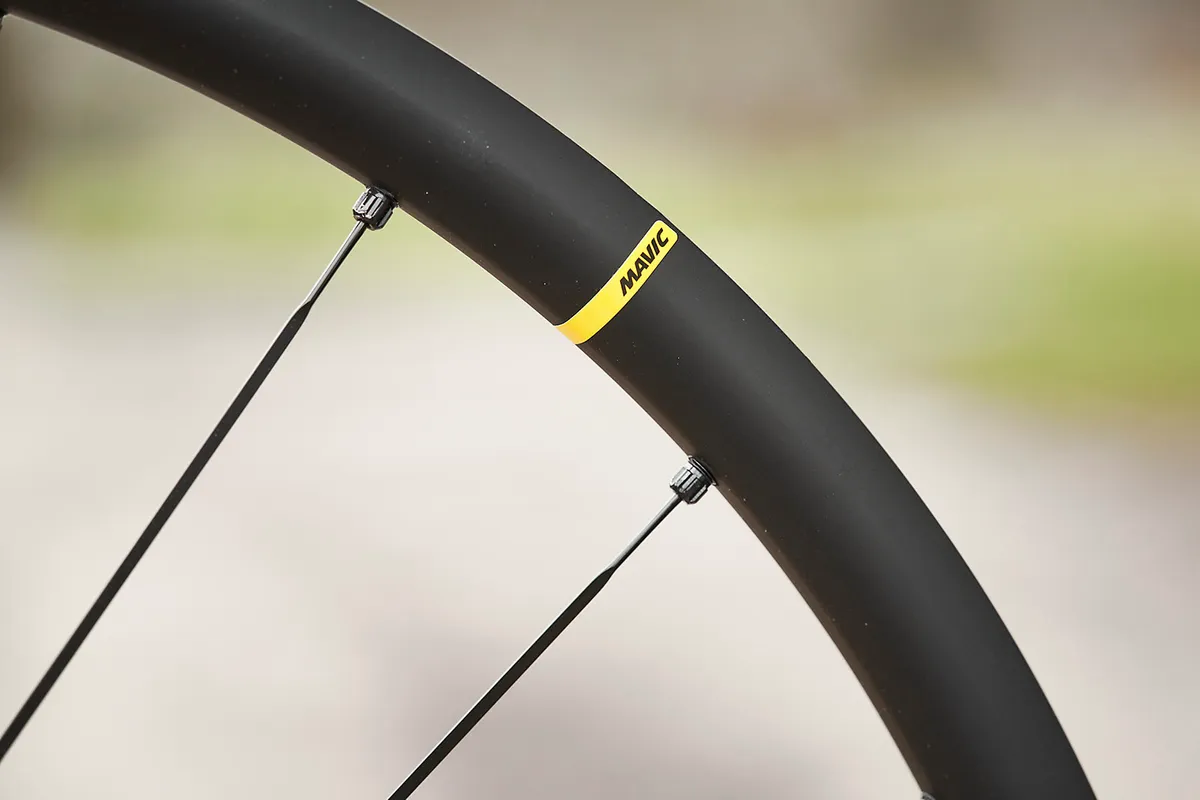
Mavic’s UST tubeless system has historically been one of the most user-friendly I’ve come across, in terms of tyre fitting.
This was especially so when used with Mavic’s own Yksion UST tyres (these are manufactured by Hutchinson, incidentally), although my test tyres – also from Hutchinson – also slipped on relatively easily.
Similarly to the Miche Syntium Aero wheelset, getting a seal with the Challenger TLR 700x28c tyres wasn’t as easy as one or two competitors, but I did manage it with some fast and furious use of my track pump.
Used with tubes on the road, I found the Ksyrium S Disc’s overall sense of responsiveness its standout strength.
While not as light as the Hunt 34 Aero Wide Disc SL, and with a freehub engagement angle 1.5 degrees wider, the Ksyrium S Disc doesn’t feel far behind, and is at least the equal of the DT Swiss AR1600 Spline in this respect.
Out of the saddle on steeper climbs, the Ksyrium S Disc offers satisfying immediacy, and it feels stiff when giving it the beans on the flat.
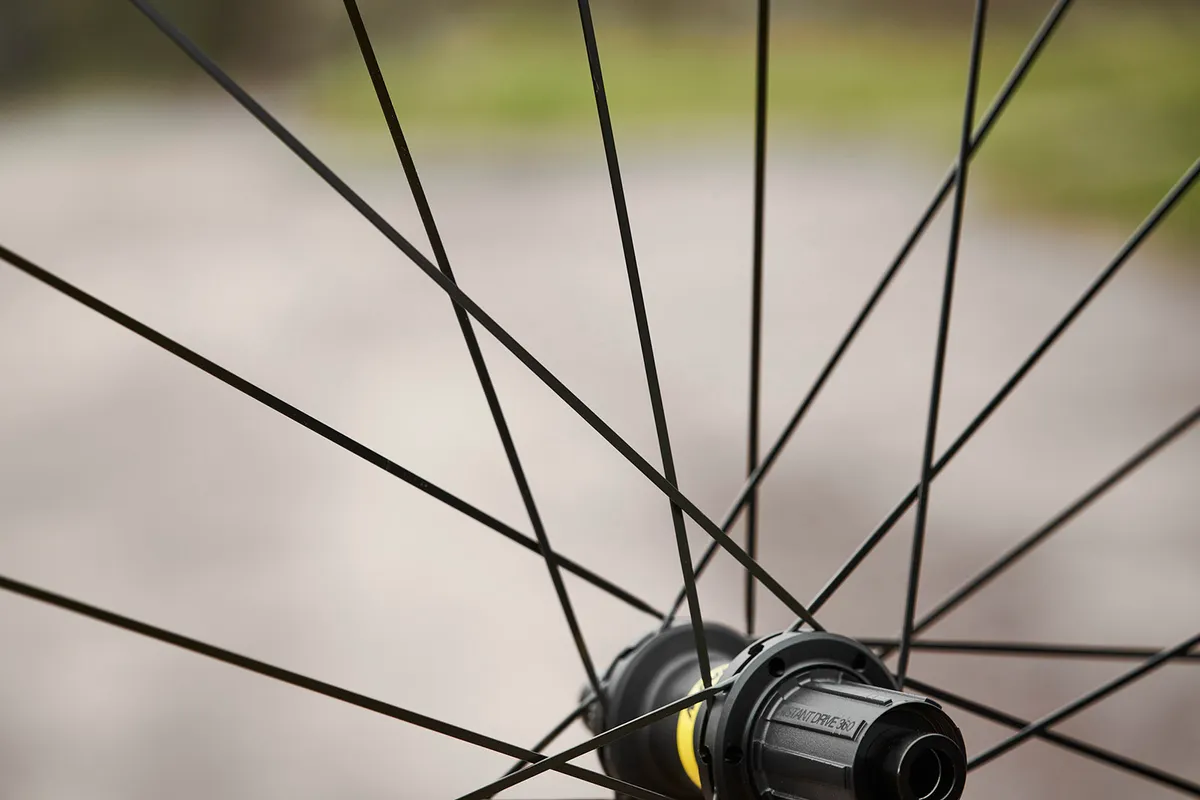
Holding faster speeds on the flat required a tiny bit more effort than the slightly deeper Miche, Hunt and DT Swiss wheels. As you might expect, though, there’s precious little in it at these rim depths.
As I found with the DT Swiss wheelset – which also features a ratchet-style freehub, with a 10-degree engagement angle – the engagement feels especially solid.
Whether this is making any difference to speed or efficiency on the road is questionable. However, if you like a dull, deep whirr for a freehub noise, and believe in the purported reliability benefits of a ratchet design, it might serve as a tiny psychological boost – if nothing else.
The comfort levels are good – the wheels absorbed the worst of the general buzz I experienced on the varying road conditions I must live with in the UK. However, the narrow rim dimensions meant my 28c tyres also sized up relatively slim, which never helps.
Mavic Ksyrium S Disc bottom line
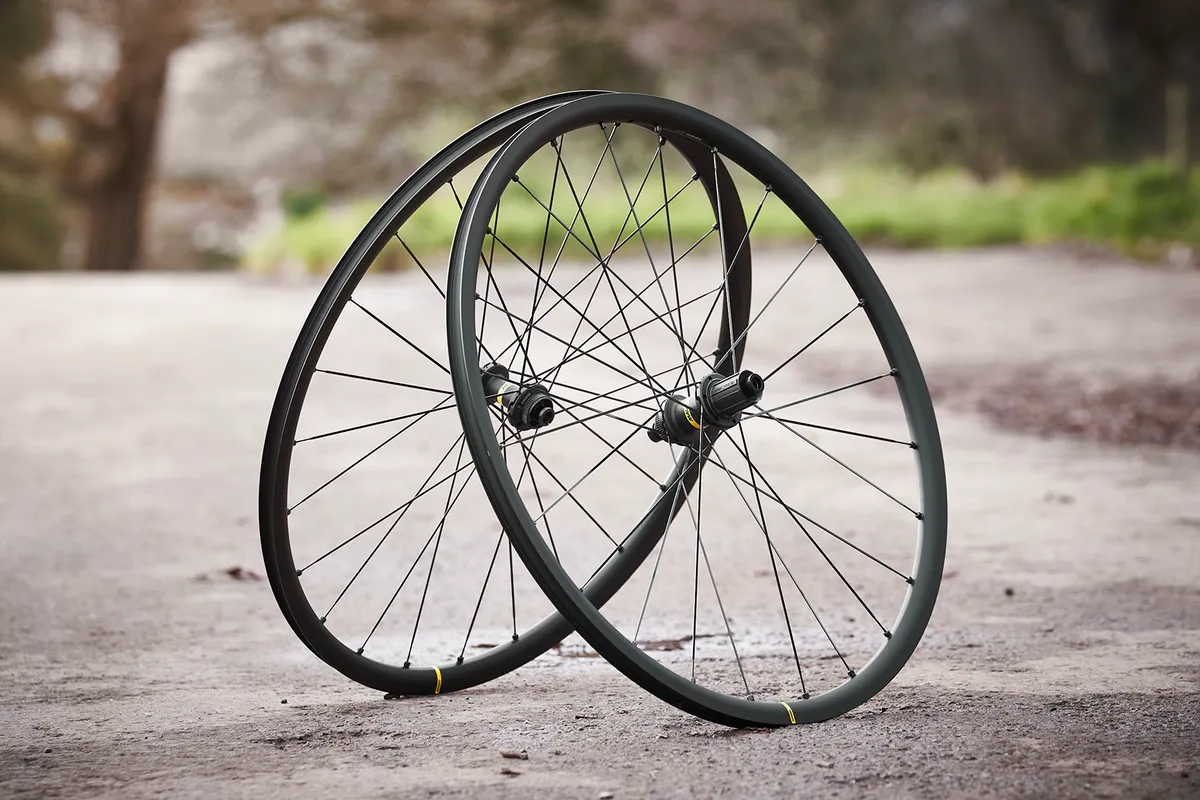
The Mavic Ksyrium S Disc wheelset design may be slightly outdated if you consider a 20 or 21mm internal rim width as up-to-date, but it nevertheless turns in good overall performance.
It offers a responsive ride quality on climbs, good reactions when accelerating, and never felt unduly hindered by its shallow rims on the flat.
There are faster-feeling alloy wheelsets for similar money if that’s where you seek your speed, but overall the Ksyrium S Disc is a solid all-round performer, and shouldn’t disappoint those upgrading from OEM (or lesser aftermarket) wheels.
How we tested | Alloy road wheelsets
We tested seven alloy disc brake tubeless wheelsets over the winter of 2023/24. Each was fitted to a Fairlight Strael 3.0 test bike, with the same setup used wherever possible*.
Hutchinson Challenger TLR 700x28c tyres were used for testing, with a tubeless installation carried out to gain an indication of setup ease.
For the test rides, we deferred to a clincher setup with butyl inner tubes – to reflect this very common setup and make changeovers a little easier, faster and less wasteful of sealant.
*The same Shimano RT-MT800 Center Lock rotors were used for all test wheels, except the Halo Drove Line 700C, which required the use of six-bolt discs.
Wheelsets on test
- Roval Alpinist SLX Disc
- Hunt 34 Aero Wide Disc SL review
- Ere Research Explorator GCR40
- DT Swiss AR1600 Spline
- Mavic Ksyrium S Disc
- Miche Syntium Aero
- Halo Drove Line 700C
Product
| Brand | Mavic |
| Price | €499.00, £460.00, $500.00 |
| Weight | 1711g |
Features
| Rim material | aluminium |
| Wheel size | 29in_700c |
| Brake type simple | disc |
| Hubs | Mavic Instant Drive 360, alloy |
| Spokes | Steel |
| Freehub | Shimano |
| Rim depth | 22mm |
| Rim internal width | 19mm |
| Features | Width: 22.5mm external Axle: 12×100mm front; 12×142mm rear |
| Spoke count | 24 |
| Spoke count | 24 |
